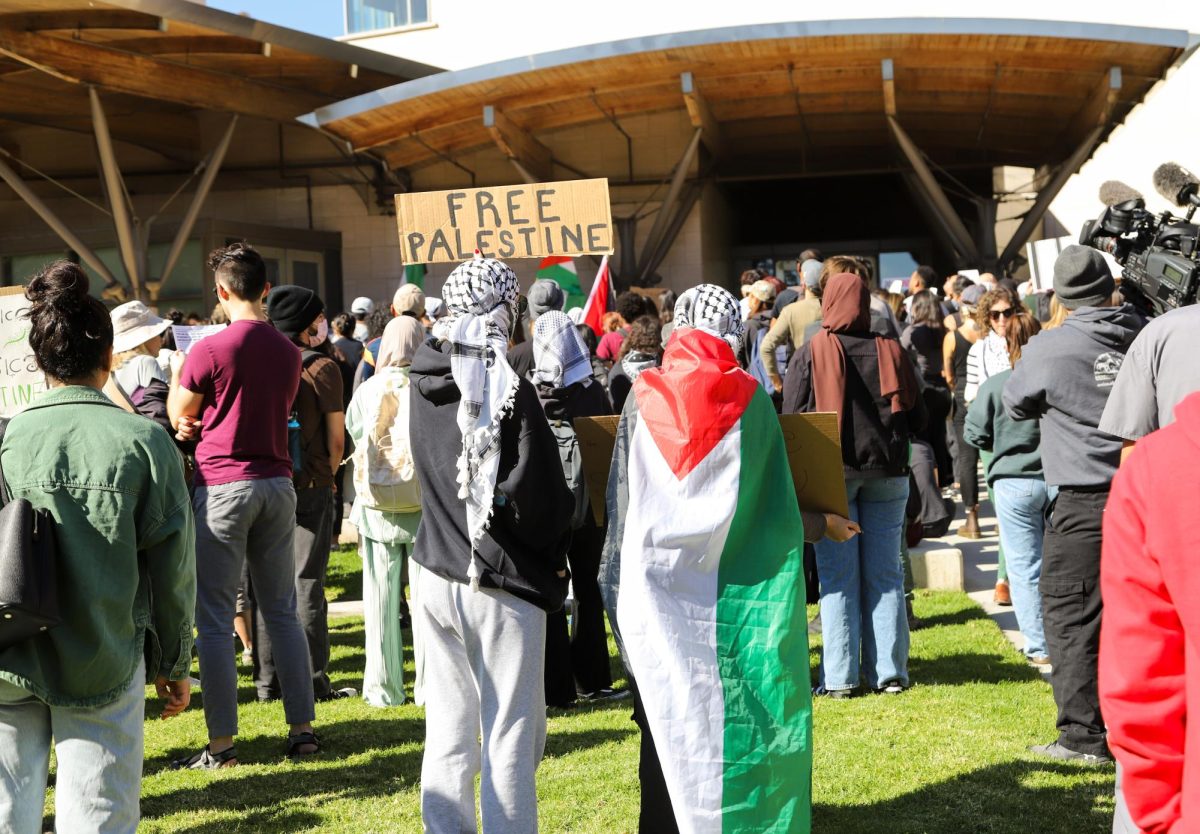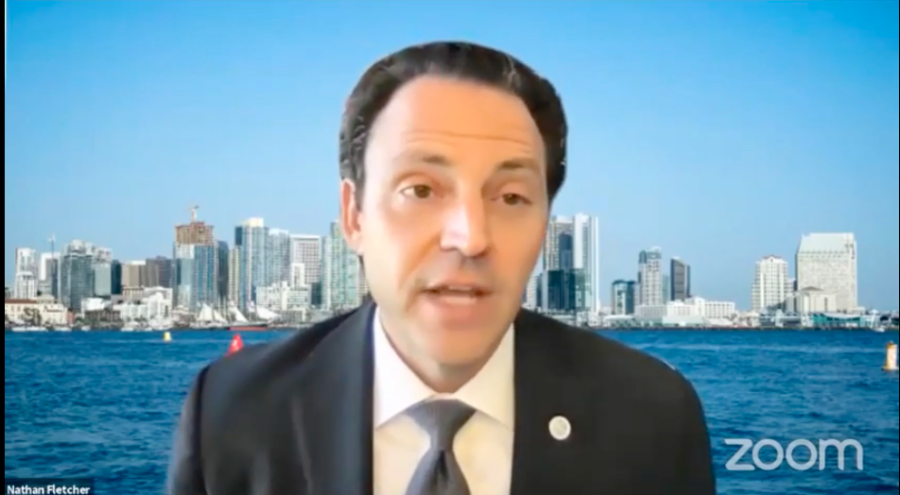The Million Student March at UCSD was more like the Mini Student March. The event, which took place Nov. 12, was a dismal attempt to resuscitate our apparently apathetic campus culture. However, it may have been the case that the goals set out by the event organizers did not accurately reflect our concerns as a student body. Organizers of the event listed their goals as being tuition-free public college, cancellation of all student debt and a $15 minimum wage for all student workers. While these aspirational goals establish a foundation to engender student activism, they are undermined by the very same qualities that rile up crowds in the first place.
According to statistics released by the UC Office of the President, approximately 57 percent of students have their tuition fully covered, and 45 percent of students graduate debt-free. The other 55 percent of students graduating from other schools within the UC system take on an average of $20,210 of student debt. Comparably, other four-year public institutions leave their students with an average of $25,700 in student debt.
When nearly one in two students graduates debt-free, the “problem of free tuition” becomes one of the latest social media trends rather than a concrete set of demands. It is not that protests are ineffective. They inspire important conversations and push students to re-examine their place in the university, but a protest is trivialized to semi-organized walking, shouting and poster parties when there’s no substantial strategy to actualize demands.
Regardless of how the protest organizers intended for the march to happen, a low turnout will do little, if anything at all, to achieve those goals. The message was clear, but the protest was a flop due to a lack of cohesion among the marchers, their missions and the general meandering about campus. The protest began 10 minutes early, was 45 minutes shorter than scheduled, took a wrong turn and overall was very disjointed. Members of A.S. Council attended and marched side by side with students, alumni and faculty, demonstrating that they are invested in our campus.
However, even this show of solidarity was not enough to incense passersby. In comparison, organizers of protests, such as those for the C.H.E. Cafe, were ultimately successful because they had two fundamental qualities: unwavering resolve and explicit goals. What they lacked in numbers, they made up for in sheer passion, and for over a year, they fought to keep the facility open. If the Million Student March wants to have any of its goals even remotely recognized, this March has to be a marathon. This includes setting deadlines and solidifying its message without trying to be an absolute cure for the ills of university students.
Remember Occupy Wall Street — the 99 percenters with their list of overarching and over-generalized demands, like dismantling income inequality and eliminating corruption? The cause was sympathetic, protesters came in droves and the movement created widespread attention to critical issues, such as wage inequality and corruption. Does this sound familiar to anyone?
The protests failed to change anything. Although more people became aware of these problems, the movement provided no channel to create meaningful and lasting change. The Million Student March is similarly beautiful. It’s a heartwarming concept, with students striving to help their fellow students. Yet, this concept will undoubtedly fade into the oblivion of Facebook events and “Like” pages if the movement’s goals are not streamlined. Additionally, organizers need to find a way to connect with students who may feel like the movement has nothing to do with them. Million Student Marchers: Dream on, but keep your head out of the clouds.










